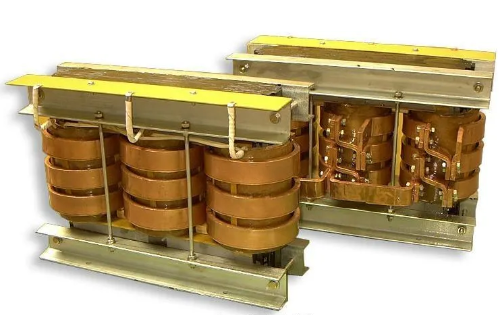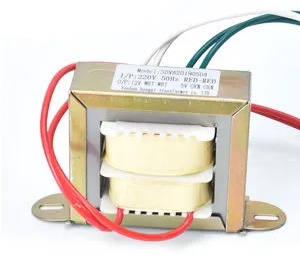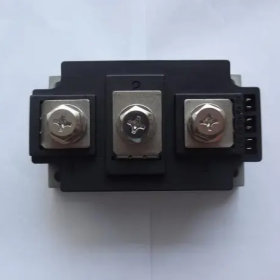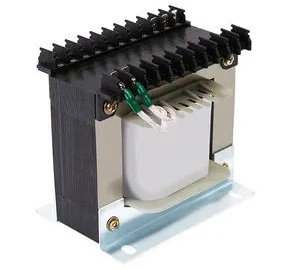Electronic Components Supplier | Transformers, Inductors, Inverters
Introduction
The 3 phase distribution transformer is a critical component in electrical power systems, enabling efficient electricity transmission and distribution across industrial, commercial, and residential networks. Unlike single-phase transformers, three-phase transformers are designed to handle higher power loads with greater efficiency, making them indispensable in modern power infrastructure.
In this article, we will explore the working principle, types, advantages, and applications of 3 phase distribution transformers, along with key considerations for selection and maintenance.
How Does a 3 Phase Distribution Transformer Work?
A three-phase transformer operates on the principle of electromagnetic induction, converting voltage levels while maintaining power balance across three alternating currents (AC) phases. It consists of:
-
Primary Windings – Connected to the high-voltage supply.
-
Secondary Windings – Deliver stepped-down voltage for end-use.
-
Magnetic Core – Typically made of laminated steel to minimize energy loss.
Unlike three single-phase transformers, a 3 phase transformer integrates all phases into a single unit, reducing size, cost, and energy losses.
Key Advantages of 3 Phase Transformers Over Single-Phase
✔ Higher Efficiency – Lower power loss per unit of electricity transmitted.
✔ Compact Design – Single-unit construction saves space.
✔ Balanced Load Distribution – Ensures stable voltage supply.
✔ Cost-Effective – Lower installation and maintenance costs compared to three single-phase units.
Types of 3 Phase Distribution Transformers
1. Oil-Immersed Transformers
-
Use insulating oil for cooling and insulation.
-
Common in outdoor installations due to durability.
-
Best for: High-capacity industrial applications.
2. Dry-Type Transformers
-
Use air or resin for cooling (no flammable oil).
-
Safer for indoor use (hospitals, schools, data centers).
-
Best for: Fire-sensitive environments.
3. Pad-Mounted Transformers
-
Compact, ground-level units for urban distribution.
-
Tamper-resistant and aesthetically designed.
-
Best for: Residential and commercial power distribution.
4. Pole-Mounted Transformers
-
Installed on utility poles for overhead distribution.
-
Lightweight and cost-efficient for rural electrification.
-
Best for: Remote and suburban power supply.
Applications of 3 Phase Distribution Transformers
-
Industrial Plants – Power heavy machinery and manufacturing units.
-
Commercial Buildings – Support HVAC systems, elevators, and lighting.
-
Renewable Energy Systems – Integrate solar/wind farms into the grid.
-
Data Centers – Ensure uninterrupted power with high efficiency.
-
Municipal Power Grids – Distribute electricity across cities.
Key Factors When Selecting a 3 Phase Transformer
-
Power Rating (kVA) – Match load requirements.
-
Voltage Ratio – Ensure compatibility with input/output voltages.
-
Cooling Method – Oil-cooled (ONAN) vs. dry-type (AN/AF).
-
Efficiency Class – Look for IEEE/ANSI C57.12.00 compliance.
-
Environmental Conditions – Indoor vs. outdoor installation.
Maintenance Tips for Longevity
-
Regular Oil Testing (for oil-filled transformers).
-
Thermal Imaging Checks to detect overheating.
-
Insulation Resistance Testing to prevent breakdowns.
-
Load Monitoring to avoid overloading.
Conclusion
The 3 phase distribution transformer is a cornerstone of efficient power distribution, offering superior performance, reliability, and cost savings compared to single-phase alternatives. Whether for industrial, commercial, or renewable energy applications, selecting the right three-phase transformer ensures optimal power delivery and system longevity.
For expert advice on 3 phase transformers, consult a trusted manufacturer to find the best solution for your power needs.









